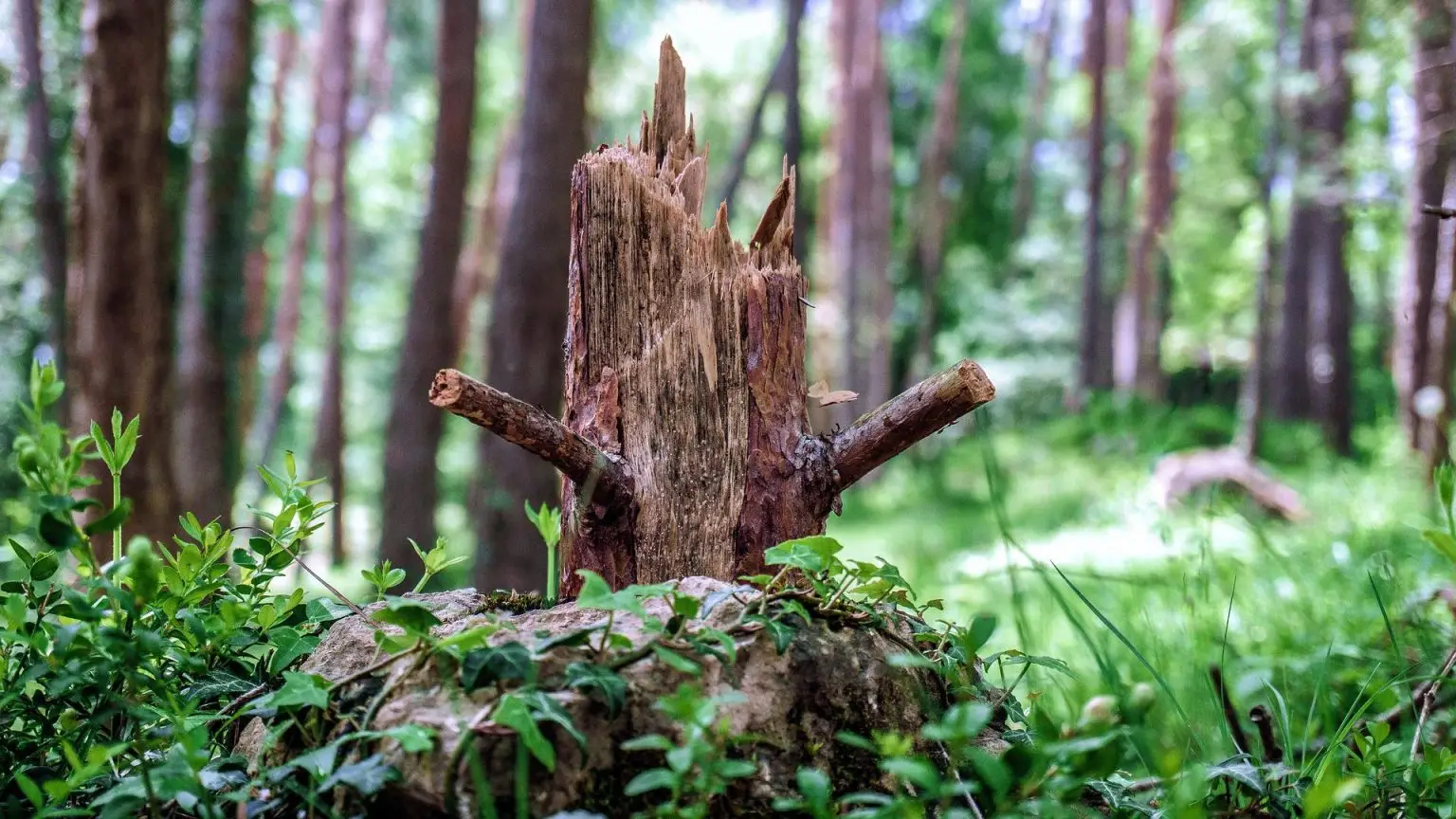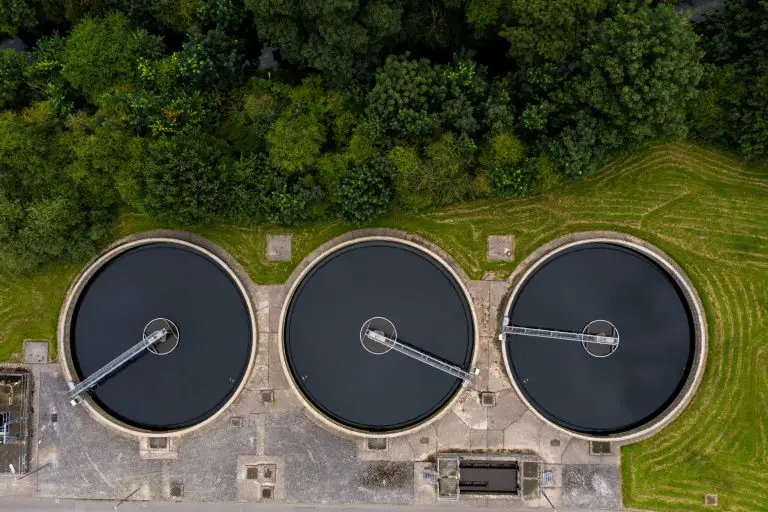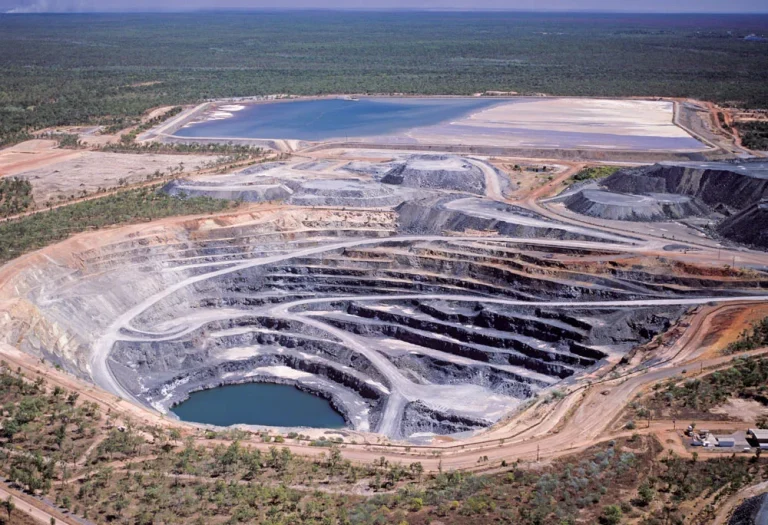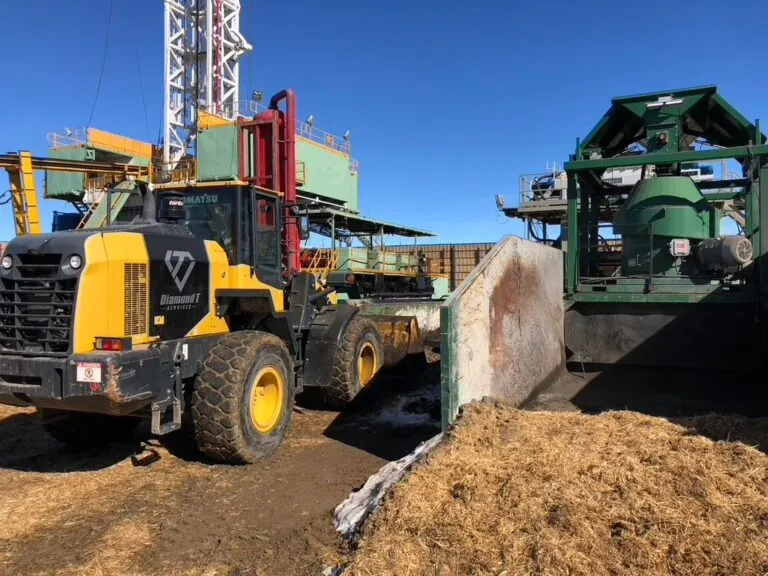Also known as a danger tree or hazard tree, a “danger tree” is any tree or its parts that may fail because of damage, defect, or disease and could cause injury or death. Removing danger trees is a part of Vegetation management, and is essential for the safety of job sites and homes.
Evaluating trees
Healthy trees are a wonderful asset to your land, but when they become damaged or unsafe it can cause serious issues. Removing them can be expensive once it is too late. The best way to know whether or not a tree needs to be removed is to evaluate it.
The first step in evaluating trees is to do it often. Look at all the trees on your property once per year. It does not matter the time of the year, but it is easier to inspect trees once the leaves have fallen in fall and after they grow again in spring. You may even want to check after severe storms too. This should be an ongoing process to ensure you catch any potential problems before the tree is classified as a “danger tree”.
How to evaluate trees
When you begin to evaluate the trees, do so carefully. Look at every part of the tree, including the roots, root or trunk flare, and even the main stem, and bark. You may also want to look at the overall canopy and individual branches.
What to do about a danger tree
If a tree has damage or defects, it does not mean it is automatically a danger tree. Usually, a diseased tree is only considered a danger tree if it’s located within the falling range of property or people.
When trees are on your property, you are the one responsible. This means you will need to maintain it and be financially responsible if it causes damage or injury. This includes damage or injury to property, people, and chattel.
All danger trees do not need to be removed, but you should call a skilled vegetation management specialist to evaluate the situation. They can help you to make the best decision based on your situation.
When to Call a Specialist
Even if a tree looks good, it is not safe. Tree trunks and branches can be weak and defective and still have green leaves. It is essential to look at defects and examine them closely. This is why you would want to hire a qualified specialist. Especially if you see these signs that indicate advanced decay, you should call immediately:
- Broken branch in a tree canopy
- Dead branches greater than 4” in diameter
- Multiple deep cracks or splits in the bark
- Decayed areas on trunks, branches, or root flare
Arborists are trained professionals and can identify the species, recognize danger trees, and prevent danger. Contact us today to have a professional evaluate your trees.






